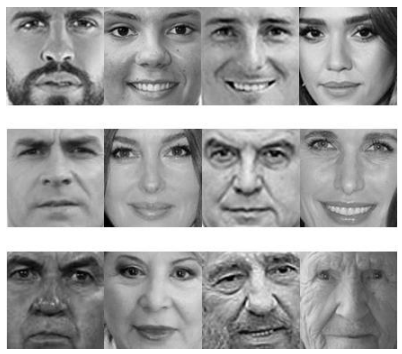
Status
Published
Featured in:
MD Thesis
Authors:
Gerard Aguaron Serle, Robert Cluet Serrano and David de Celis Andrés
With the evolution of the technologies associated with information, our society is more electronically connected every day. Tasks that were traditionally performed by humans are, thanks to technological improvements, made by automated systems. Among the wide range of possible activities that can be automated, those related to the ability to establish the identity of the individuals has assumed importance. The digital image processing has a number of advantages over the images stored on paper, so that their use has grown exponentially in recent years. One advantage offered by these images is the large storage capacity in a small physical space. This has meant that the volume of images generated is so large, it has been necessary to implement systems to classify these images automatically. Nowadays, in the digital period, the image analysis takes importance and there are growing different fields of application. This project could be applied in several areas of the image classification i.e., criminal research, plastic surgery, amongst others. The objective of this project is the design, implementation and evaluation of a system for human faces classification. To train the system we will utilize a database of 150 or 500 human face images (small database and big database) where the true data (age and gender) is known and to evaluate it, we will use another set of 150 human face images where the true data is not known (test database), so that the system assigns a code (age and gender) to each of the input pictures. So in conclusion, there are 2 databases where the true data is known (small and big databases) and 1 database of test images to check the results of the programs (test database). In this project is intended to classify a set of images called “test” from the extraction of their most important features (after a preliminary study of the set of images from the big database to identify which set of features provides more information) by encoding, in a way that allows performing different classifications of the human faces images according to age. For the images classification a big volume of features and its combinations have been studied, in a global form of a complete image as well as in a local form, extracting features of sub-images of a complete image that has been previously divided, being these local features more robust being these local features more robust to translations and other global form transformations. The system design is made in such a way that it is flexible and modular, so they can extend their applications to other human faces classification as according to ethnicity, the gender, the age, the expression and some more applications.
© 2024 VISTeam | Made by Black Monster Media

Institute of Systems and Robotics Department of Electrical and Computers Engineering University of Coimbra